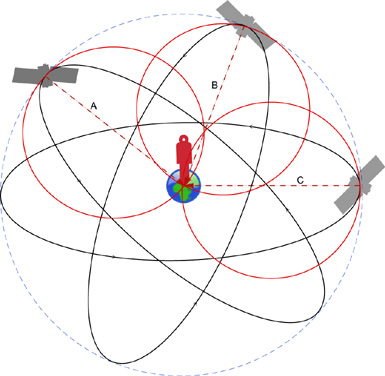The sociologist Michel De Certaeu described from the rooftop of the Twin Towers, his watching of distant cars and pedestrians, ant-sized, moving far below on the streets of Manhattan. In vivid narrative he writes of ‘bodies that follow the thick and thin of a urban text without being able to read it’. From the top of the Twin Towers De Certaeu gives an image of a ‘totalising eye’ that oversees the processes of human mobility and commuter culture; the everyday experience of mass commuting is expressed through temporal containment and compartmentalisation, along with loss of nearness, and contact.
The very same realities exist today in cities everywhere but have undergone an explosion in scale. Today the 24 gps satellites that orbit 20,000km above the earth surface replace the roof of the Twin Towers and alter the nature of the totalising eye. Now there are new tools for communication and social control. New patterns distinguish the 21st century’s 'society of control' compared to the 20th century city of disciplinary administration run by classical modernist institutions and administration. The ecology of information now relates to an uncontrolled production of information and information infrastructures along with information trails that track minute details of every-day existence.
Whilst the new tools creates new markets in the emerging economies, along with their entry into the global information highway, the challenge is the making of differentiated flows of information, circulation patterns that support new ecologies of personal autonomy and liberty.
 |
setting out parameters 1 2 3 phase #1 primary toolkit |


